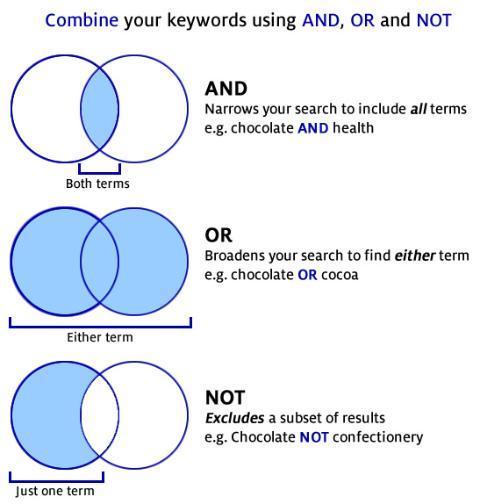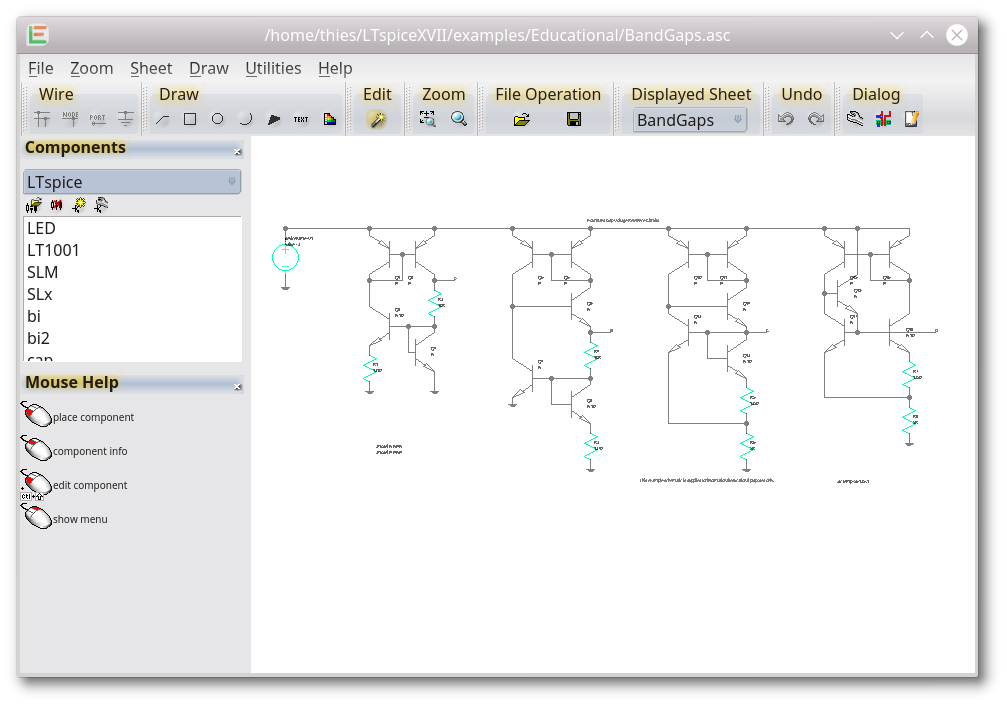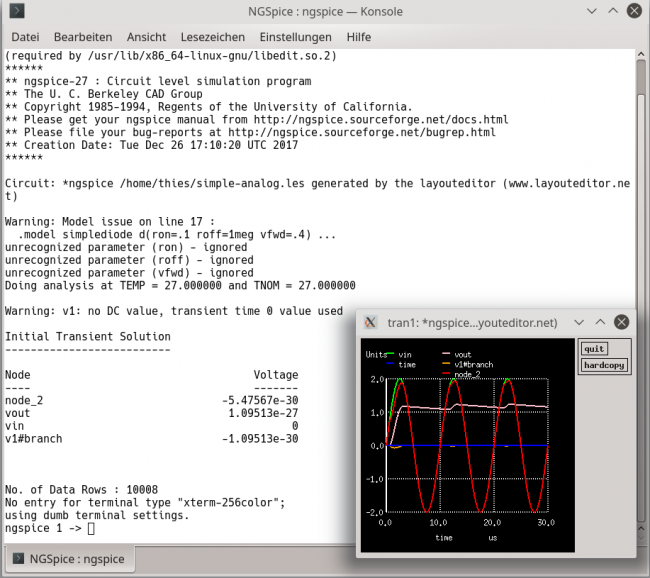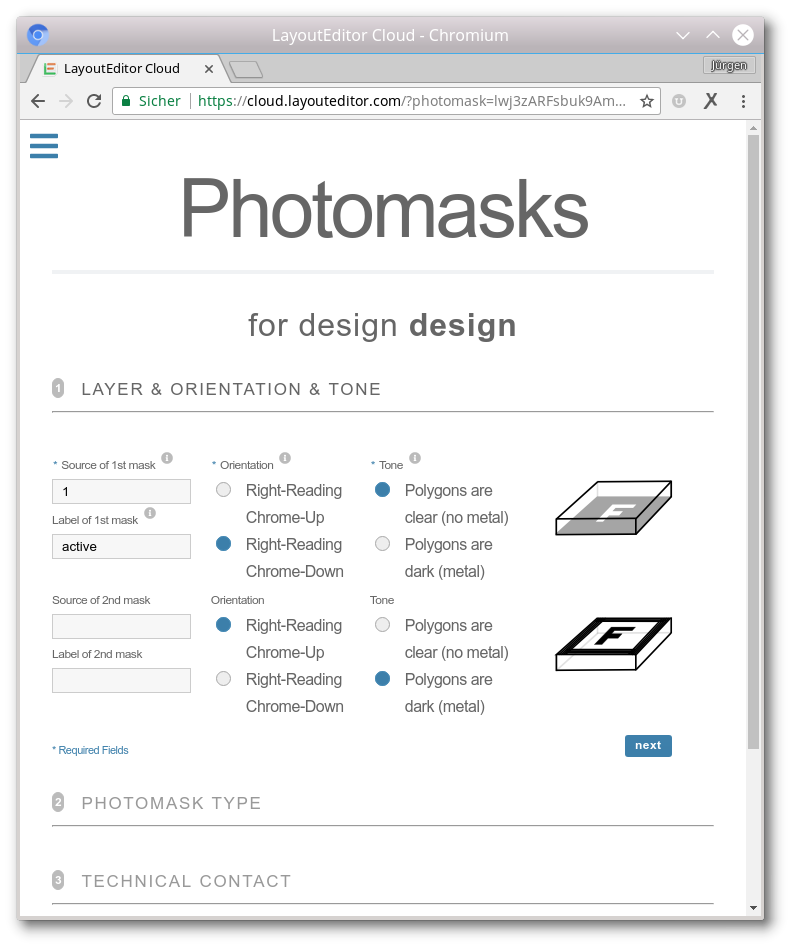

If (ptr = NULL) // Perfect: compares pointers. Return (x > 0) // Simpler, clearer, correct. Return (x > 0) ? TRUE : FALSE // You're fired. Similarly: if (someBoolValue = FALSE) // Redundant. Or // Better: lingustically clear, compiler will optimize. The right way to do this is either // Valid, but still treats int as bool. So the line above returns TRUE only when yourString > myString.

That's because the return value of strcmp() is That looks legitimate, and the compiler will happily accept it, but it probably doesn't do what you'd want. So, for example, it's perfectly legal to write if (strcmp(yourString, myString) = TRUE) // Wrong!!!

They aren't the same, but compilers generally allow it.

Why? Because many programmers use the shortcut of treating ints as bools. If (otherValue != TRUE) // Whatever you do, don't do this! Examples: if (thisValue = FALSE) // Don't do this! Given the de facto rules that zero is interpreted as FALSE and any non-zero value is interpreted as TRUE, you should never compare boolean-looking expressions to TRUE or FALSE. A side effect of this is that a value like 5 evaluates to TRUE, but NOT 5 evaluates to -6, which is also TRUE! Finding this sort of bug is not fun. Their NOT operation was implemented by adding 1 and flipping the sign, because it was efficient to do it that way. Like many modern languages, they interpreted any non-zero value as TRUE, but they evaluated boolean expressions that were true as -1. Some BASICs defined FALSE as 0 and TRUE as -1. But by letting the compiler define TRUE and FALSE according to its own rules, you're making their meanings explicit to programmers, and you're guaranteeing consistency within your program and any other library (assuming the other library follows C standards. Granted, in C, (1 2) evaluates to 0, so as others have said, there's no practical difference as far as the compiler is concerned. What is important is that a statement like if (1 2) evaluates to if (FALSE). The numeric values of TRUE and FALSE aren't important. Once you've finished making changes, just hit the "Save" button and the page will be moved to the new location.The answer is portability. If you know the title of the desired parent page, simply type it in.Īlternatively, to search for a page, click the icon next to the Parent Page box - this will display a pop-up window that allows you to search for pages in a variety of ways. Note: If you choose to move the page to a different space, the Parent Page setting will be cleared, even if you then reset to the current space. You can only move the page to a Space for which you have sufficient privileges to add pages. If you want to move the page to a different Space, simply choose the desired space from the drop-down list. Parent Page: The parent page (if there is one) for the current page Space: The space which contains the current page The current location will be shown in editable form: If shown, click the "EDIT" link next to it to access the page location options: You will be presented with a screen that looks something like this:īelow the title, the current page location is shown. Is there a Macro that enables users to Move pages? We are looking for a more elegant solution than what is offered here: Ĭhoose "Edit > Edit this page." from the menu:


 0 kommentar(er)
0 kommentar(er)
